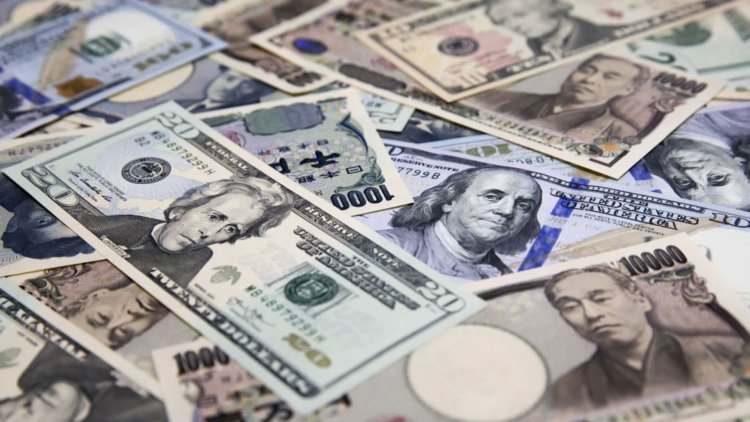Dollar declines against the euro and pound as a Fed decision approaches
The euro and sterling increased somewhat to $0.9889 and $1.1494 against the declining dollar, respectively.

Amid speculation that the U.S. Federal Reserve's policy decision could signal a delay in future rate hikes, the U.S. dollar declined on Wednesday.
At 2 p.m. EDT (1800 GMT), the central bank will announce its policy statement. Investors anticipate a rate hike of 75 basis points (bps), the fourth consecutive increase.
However, the futures market is divided on whether there will be a 75- or 50-bps rise at the December meeting.
The dollar index, which compares the value of the dollar to a basket of six currencies including the yen, the euro, and pound, declined by 0.2% to 111.28 but was still close to Tuesday's high of 111.78, the highest point since October 25.
"At the December meeting, the market will be watching for any indications of a potential slowdown in the rate of hikes, particularly in (Fed Chair Jerome) Powell's press conference. Powell will have a difficult time finding a balance "according to RBC Capital Markets' FX expert Daria Parkhomenko.
As there are still two more CPI reports (inflation reports) and two NFP releases before that meeting, "we anticipate the Fed will want to keep the flexibility of increasing 50bps or 75bps in December," she continued.
The euro and sterling increased somewhat to $0.9889 and $1.1494 against the declining dollar, respectively.
Markets anticipate a 75-bps hike when the Bank of England delivers its policy decision on Thursday, with a subsequent decrease to a 50-bps rate in December.
Strong gains were also seen in the risk-sensitive Australian and New Zealand dollars, which were supported by a surge in Chinese stock markets as rumours of an economic reopening began to spread.
YEN LEAPS
With speculators on the lookout for potential intervention surrounding the Fed meeting, the yen, which has lost a staggering 28% of its value against the US dollar this year, outperformed. It increased 0.8% to $107.07 per unit.
For the first time since 1998, the Bank of Japan and Ministry of Finance of Japan intervened to boost the yen in September.
Although they declined to disclose any intervention, it is widely believed that Japanese officials intervened repeatedly again in October to pull the yen down from 32-year lows just shy of 152 per dollar.
According to Ray Attrill, head of FX strategy at National Australia Bank, "This doesn't look like intervention."
"The BOJ interfered in great quantity and frequently on the three occasions that we know about, and if we were seeing intervention now - unless the pattern has altered - I would assume we would see far more significant moves that would be ongoing now," the author said.
Analysts noted a number of circumstances that may have contributed to the initial spike in the yen, including a decline in long-term U.S. Treasury yields, with which the dollar-yen exchange is closely tied.
Japanese government representatives were also speaking in the parliament, including BOJ Governor Haruhiko Kuroda, who suggested that the yield curve control policy could be made more flexible in the future, and Finance Minister Shunichi Suzuki, who stated later in the day that the government was concerned about both speculative moves and the steady depreciation of the yen.
The BOJ also issued the minutes of its most recent policy meeting, in which one member warned that the bank should watch out for inflation overshoots that could be brought on by a weaker yen.




 admin
admin 




















